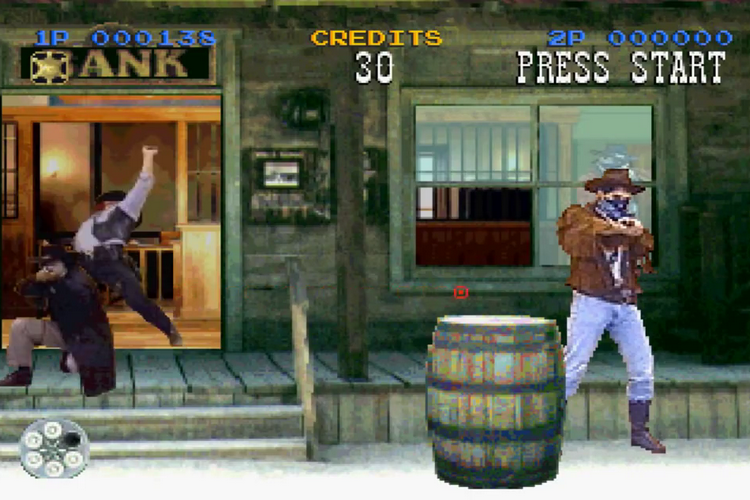
This does not require a Channel value to work. The Touchplate height determines the floor's initial height, and the sector floor height determines where it will raise/lower to when triggered. Height : If the Touchplate is not at the same height as the floor of the sector, it will function as an "automatic floor rise/lower" effect. = Activate only when the player steps on the floor of the sector. Palette : = Single-Player-only (the only known sprite which does the exact opposite of the usual palette effect).Īngle : = Activate when the player enters the sector. = Activate this many times then never again. Hi-Tag : = Activate every time the player triggers the Touchplate. Set equal to an Activator, ActivatorLocked, or MasterSwitch Lo-Tag. The Touchplate will activate an Activator, ActivatorLocked, or MasterSwitch when triggered by the player's presence. The latter two modes are only intended to work with vertical doors. Set equal to a sprite's Lo-Tag used to activate it (such as a Switch, Access Switch, or Touchplate).
#Lethal enforcers 2 sprite rips Activator
The Activator is used to activate the sector Lo-Tag function or SectorEffectors within the sector. Other : Set Palette, Shade, Angle, Height, etc, according to the rules of the selected effect. Used to link another SectorEffector with the same Lo-Tag so they activate together. Check the "References - Sector/Effector Tags" section for the detailed list.
#Lethal enforcers 2 sprite rips how to
Lo-Tag : A predefined number which tells a sector how to act. Some SectorEffector functions can be combined.



The SectorEffector is used to manipulate sector attributes and create the game effects. Note that the descriptive term "Multiplayer" includes Co-Operative mode, whereas "DukeMatch" does not. As a general guideline, 'inactive' sprites tend to be compatible with all attributes, while 'active' sprites are usually more limited in this regard, but this varies depending on their individual code. However, this list is not exhaustive: There are still a few minor coded textures that are not listed, and some objects may be affected by angles, tags, or attributes, even though they are not documented here. I've fixed errors and added virtually every texture worth mentioning. Nowadays the technique is almost entirely used to invoke the feeling of mid 90's video games.This is loosely based on an excerpt from the BUILDHLP.TXT file included with the official Duke Nukem 3D: Atomic Edition CD. Since the mid 90's the style has been used only sparingly thanks to the increase in technology which provided better options for providing lifelike graphics. Other games used sprites digitized from 3D models pre-rendered by (then) powerful computers, such as Donkey Kong Country and Killer Instinct. Other examples of this were seen in the games Claymates and Clayfighters. The first example of this was Reikai Doushi in 1988, followed by Mortal Kombat's Goro in 1992. Many believe that digitized graphics have aged badly by today's standards as opposed to drawn sprites.Īlthough mainly used to represent humans, there are a couple of games that use the technique to digitize clay characters.

Throughout the 90s, a whole host of games with Digitized Sprites came and went. In 1992, Lethal Enforcers and Mortal Kombat employed actual actors to act out the possible moves of the characters. Fearing that this would become a common occurrence, marketers pulled the game.Īfter Journey, Digitized Sprites were used in the TurboGrafx-16 games China Warrior (1987) and No-Ri-Ko (1988), and the arcade game Reikai Doushi (1988), but Digitized Sprites really didn't take off until the game Pit Fighter was released in 1990, which was a fighting game available for a host of platforms. Arcade lore has it that the game was test marketed in an arcade for a mere two days, because on the second day someone got up on a stool and pulled their pants down in front of the camera. The technology used in that game was initially going to be used for a game where players could snap their own faces into the game. The first widely released game with digitized sprites was a game based around the band Journey released in 1983, in which the band members lent their faces. Digitized Sprites refers to the practice of putting pictures or video of actual human beings into video games as sprites.


 0 kommentar(er)
0 kommentar(er)
